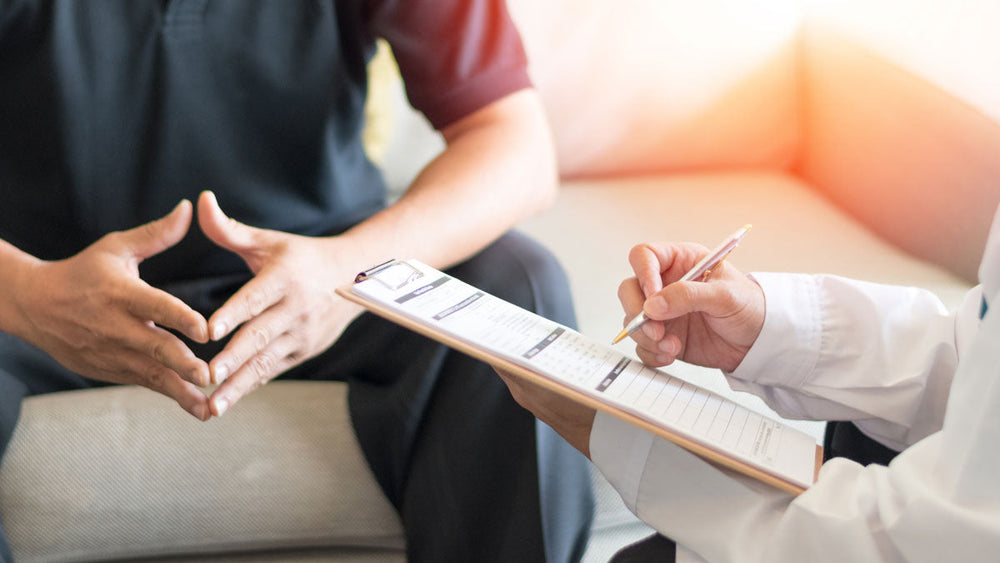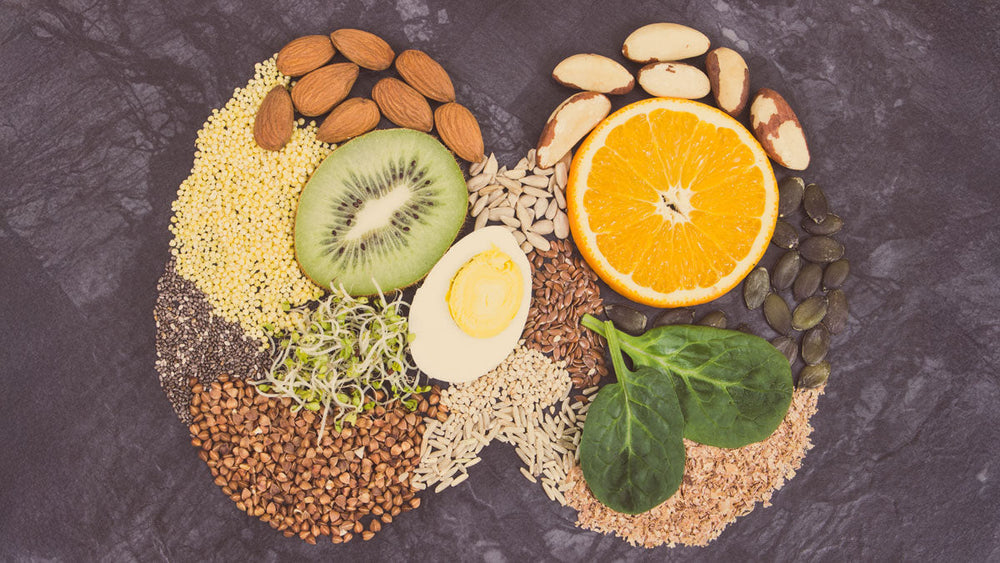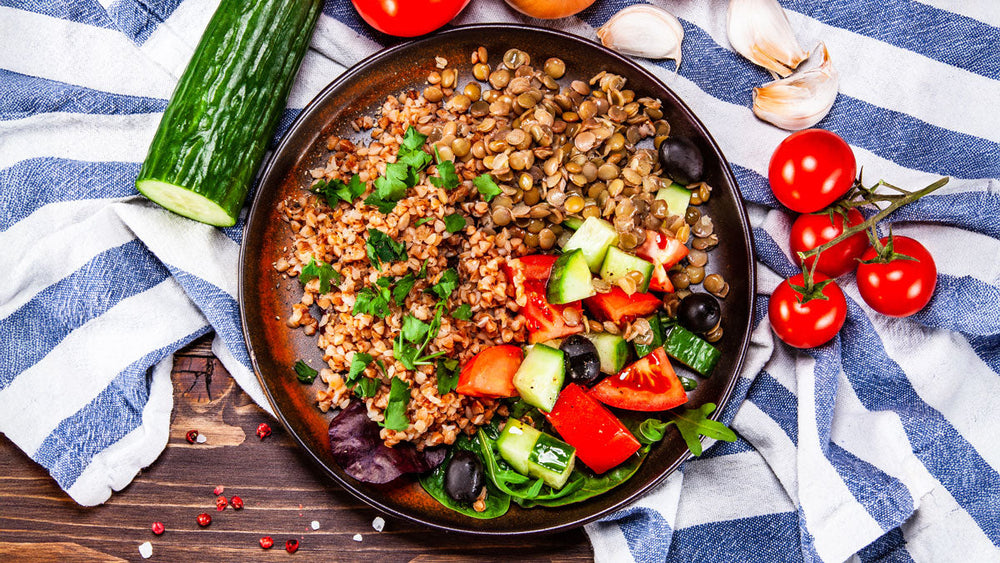Have you ever seen someone you were attracted to and felt butterflies in your belly?
Or what about this: you trip, fall, bounce up quickly all embarrassed and you turn beet red and feel flush?
These are small examples of the mind-body connection. Your emotion manifested itself physically.
Simply put, the mind-body connection is the link between your thoughts and feelings and physical health.
An entire emerging field of medicine has come from the research behind the mind-body connection. It is called mind-body medicine and it taps into the power of thoughts and emotions to impact physical health by using lifestyle and behavioral interventions along with a traditional medical approach. The idea is to create a partnership with providers who address things holistically, or with a “root cause” approach.
Emotion’s Impact on Health
Trust your gut. Yep. This saying is rooted in the brain-gut connection. Anxious, nervous, or excited, they all start in the gut. And though the saying says to trust it, it’s not always right. Sometimes the threats we perceive are not real. We create fears and experience stress from chronic but not life-threatening things. Using the power of the mind-body connection, we can positively impact our health. We know our negative emotions have been shown to impact everything from the gut to the immune system, heart disease, obesity, and cancer.
“Health is a state of complete harmony of the body, mind, and spirit.” – B.K.S. Iyengar
Mind-Body Techniques
How can you connect your mind to your body? The idea here is to allow your brain to focus and reconnect to your body. We want to inspire feelings of peace and calm, to be present and connected to something bigger, giving us a sense of purpose and meaning. This state is relaxed and supports healing. We can just BE. After all, we are human BEINGS, not human DOINGS. Permission granted to take some time for yourself.
Here are three of my favorite at-home techniques to support your mind-body connection:
Creative Outlets - I love to dance. Shaking your hips releases stress and helps regulate emotional states. If dancing isn’t your thing, tap into whatever gets your creative juices flowing. Here are some other suggestions: journaling, painting, adult coloring books, doodling, and listening to or playing music.
Breath Work - This involves being aware and conscious of your breath. What I love the most about breath work, also known as pranayama, is that it can be done virtually anywhere, at any time. Experiment with different types. Here are two of my favorite methods:
- Box breathing. If you can, close your eyes. Picture a box that you will trace. You will use 4 counts for each side. Inhale up one side for 4 counts. Hold across the top for 4 counts. Exhale down the other side for 4 counts. Hold across the bottom for 4 counts. Repeat 3 times.
- 4-7-8 breathing. It uses counting with your breath. Inhale for 4 counts. Hold at the top for 7 counts. Exhale with a long whoosh for 8 counts. Repeat 3 times.
Meditation - Last, but not least, is meditation. If you’ve never done it, or you’ve tried and couldn’t sit still, it can seem a bit challenging, but studies suggest that it can change your brain and body and lead to more positive behaviors.
The key to creating a meditation practice is starting with a short 5-10 minutes and slowly increasing. You can simply sit quietly with some instrumental music or opt for guided meditation. Using an app or podcast can support your process. Here are my favorites:
- Calm app
- Insight Timer
- Chopra
- Meditation Minis by Chel Hamilton
Connection Is Key
Our society is stressed more than ever. We are living in uncertain times that have spurred fear and anxiety. We have begun to recognize the need for connection and how far we have come from being connected to ourselves. While there are cases where nothing can replace a pill, modern medicine is evolving. We are seeing more and more the benefits, as well as the science, of practices that involve not only the physical body but also the mind and spirit.
Taking a root cause approach to healing and prevention, looking at our whole selves, and understanding that we are each unique is necessary. And a lift in spirits feels OH SO GOOD!
I see you, and YOU are beautiful!
- Rosenkranz, M. A., Davidson, R. J., Maccoon, D. G., Sheridan, J. F., Kalin, N. H., & Lutz, A. (2013). A comparison of mindfulness-based stress reduction and active control in modulation of neurogenic inflammation. Brain, behavior, and immunity, 27(1), 174–184.




















Comments
Join The Conversation...